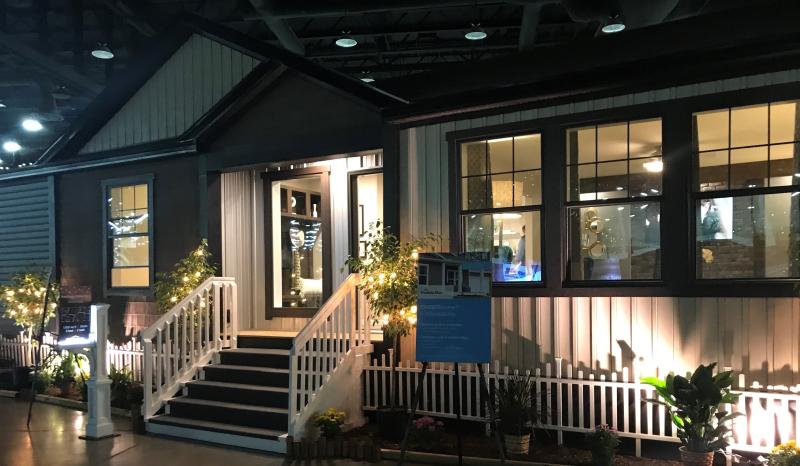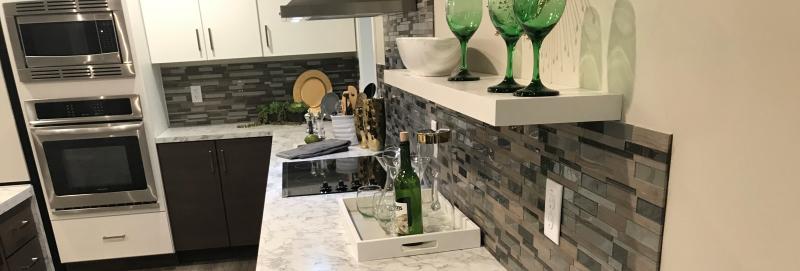Modern Manufactured Homes: What Lenders Need to Know

Overview
While there’s no single solution to the housing affordability crisis, a manufactured home is one path to homeownership that is often overlooked. And more homebuyers are beginning to see the potential of manufactured houses as an affordable housing alternative.
But accessible, low-cost financing could be a barrier, according to a recent Freddie Mac report.
Lenders who understand the nuances of buying and financing a manufactured home will be better equipped to help potential homebuyers find their way to an affordable option.
Not Enough Homes to Meet Today’s Demand
A recent study found that 2.5 million additional housing units will be needed to make up for the severe housing shortage in the U.S. Digging deeper, it is estimated that there are currently 29 states that have a housing deficit; when considering only these states, the housing shortage grows from 2.5 million units to 3.3 million units, according to a Freddie Mac report.
The shortage can be attributed to an improving economy, more Millennials forming households and buying their first homes and seniors aging in place, among other factors. However, manufactured housing may provide an affordable option to help meet the demands of homeownership.

As more homebuyers recognize the quality and value offered by manufactured homes as an affordable housing option, here are two key trends for lenders to know:
1. Today’s Manufactured Homes Received a Modern Makeover
The stereotypes associated with manufactured homes will likely continue to fade as the appeal of creative floor plans, modern décor, quality construction, and affordability attracts a broad set of buyers. However, first-time and low- to moderate-income homebuyers have the most to gain. Consider that manufactured homes:
- Are about 35 to 47 percent(Opens a new window) less expensive than site-built housing, according to a recent article by the Urban Institute.
- Offer lasting savings -- less than 25 percent(Opens a new window) of manufactured homeowner households are cost-burdened, compared to more than 27 percent of all U.S. homeowners, according the U.S. Census Bureau.
- Appreciate at rates similar to site-built housing, according to data from the FHFA’s Manufactured Housing Indexpdf.

2. Housing Professionals Are Viewed as Advisors Throughout the Process
Lenders play an important role for homebuyers considering manufactured housing , according to a Freddie Mac study of manufactured home buying trends. For example:
- Buyers rely heavily on lender lists provided by retailers to select a lender.
- Borrowers who cited lenders and real estate professionals as their primary sources of loan information were more likely to choose a mortgage.
With a better understanding of how potential manufactured homebuyers approach their financing, lenders can leverage new, innovative affordable mortgage initiatives(Opens a new window) for manufactured housing. Such programs offer conventional site-built financing for real-property factory-built homes that are built to the HUD code and have the features of a site-built home.
“Manufactured housing can be a solution to the housing supply shortfall,” said Danny Gardner, head of sales and Affordable Lending.
Freddie Mac has worked with manufactured housing industry experts and major manufacturers to design a new type of home that looks like any other home in the neighborhood, he said. These homes are built in a climate-controlled environment that:
- Controls costs.
- Builds-in energy efficiency.
- Includes a more sustainable workforce.
- Integrates robotics.
- Reduces waste.
“All of these things can really reduce the cost of providing a new housing type that can address affordable housing challenges,” Mr. Gardner said.
By partnering with manufactured home retailers, realtors and other housing professionals, lenders can play a vital role in expanding affordable homeownership.